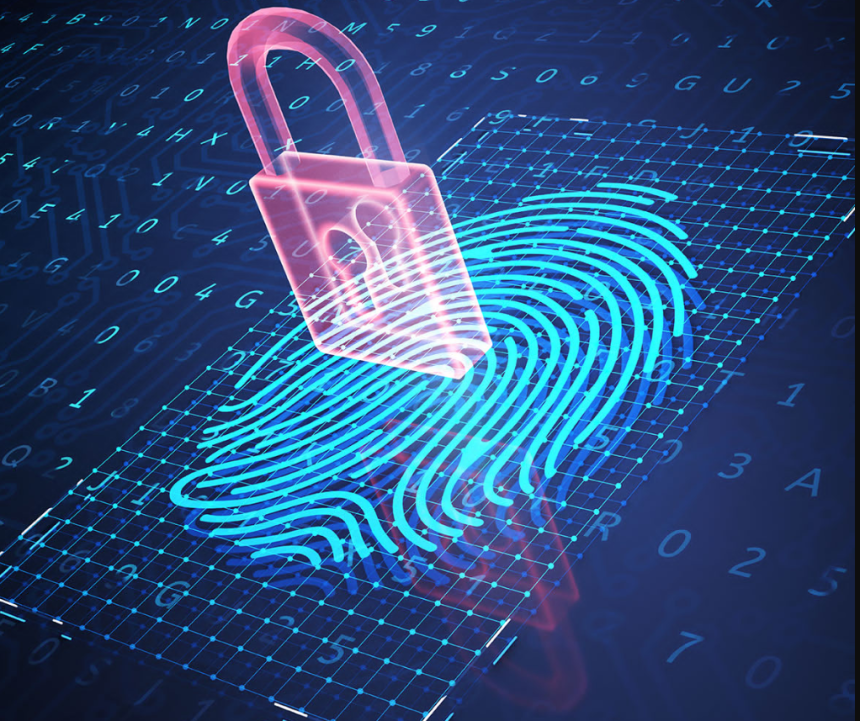Introduction
In an increasingly digital world where sensitive information is at risk of being compromised, the need for robust security measures has never been more critical. Passwords and PINs, which are common forms of authentication, have been shown to be susceptible to hacking and identity theft. Fortunately, advancements in technology have given rise to biometric security systems that offer a higher level of protection. Biometrics, which involves the use of unique physical or behavioral characteristics for identification, has emerged as a powerful tool in safeguarding our digital lives.
Key Strengths of Biometric Security
One of the key strengths of biometric security lies in its inherent uniqueness. Unlike passwords or PINs, which can be guessed, stolen, or forgotten, biometric traits are inherently personal and difficult to replicate. These traits include fingerprints, iris or retina patterns, facial features, voice patterns, and even behavioral characteristics like typing speed and gait. By utilizing these distinct attributes, biometric systems can provide a secure and reliable method of authentication.
Fingerprint Recognition
Fingerprints, perhaps the most well-known and widely used biometric trait, have long been used in law enforcement to identify individuals. However, fingerprint recognition has now made its way into consumer devices such as smartphones, tablets, and laptops. With a simple touch, users can unlock their devices and access sensitive information. This technology has proven to be highly accurate and virtually impossible to fake, making it an ideal choice for personal security.
Facial Recognition
Facial recognition is another biometric technology that has gained widespread adoption. It analyzes facial features such as the distance between the eyes, the shape of the nose, and the contours of the face to create a unique digital signature. Facial recognition is now used in various applications, from unlocking smartphones to airport security. Its non-intrusive nature and ease of use have made it a popular choice for many organizations seeking reliable security solutions.
Voice Recognition
Voice recognition is yet another powerful biometric tool. Just like fingerprints and facial features, each person has a unique voice pattern that can be analyzed and used for authentication. Voice recognition systems measure factors such as pitch, tone, and pronunciation to create a voiceprint. This technology is particularly valuable in telephone banking, call centers, and voice-activated devices. By verifying the user’s voice, organizations can ensure that sensitive information remains secure.
Improves Convenience
Biometric security not only offers enhanced protection but also improves convenience. With biometrics, there’s no need to remember complex passwords or carry around physical tokens for authentication. Your unique traits become the key to unlocking your devices and accessing restricted areas. This simplicity not only saves time but also reduces the risk of password-related issues such as forgotten passwords or password reuse.
Privacy Concerns
While biometric security has numerous benefits, it is not without its challenges. Privacy concerns are one of the main issues raised by critics of biometrics. As biometric data is highly personal and cannot be easily changed, there is a fear of potential misuse or unauthorized access. To address these concerns, strict data protection measures must be in place to ensure that biometric information is stored securely and used only for authentication purposes. Additionally, transparency and informed consent are crucial in building trust and ensuring that individuals understand how their biometric data will be used.
Conclusion
In conclusion, the power of biometric security lies in its ability to provide a high level of protection and convenience in our increasingly digital lives. By leveraging unique physical and behavioral traits, biometric systems offer a reliable and difficult-to-replicate form of authentication. Whether it’s fingerprints, facial features, or voice patterns, these traits serve as our digital signatures, ensuring that only authorized individuals can access sensitive information. While challenges around privacy and data protection exist, responsible implementation and clear communication can help address these concerns. As technology continues to evolve, biometric security will undoubtedly play an increasingly vital role in safeguarding our digital world.















